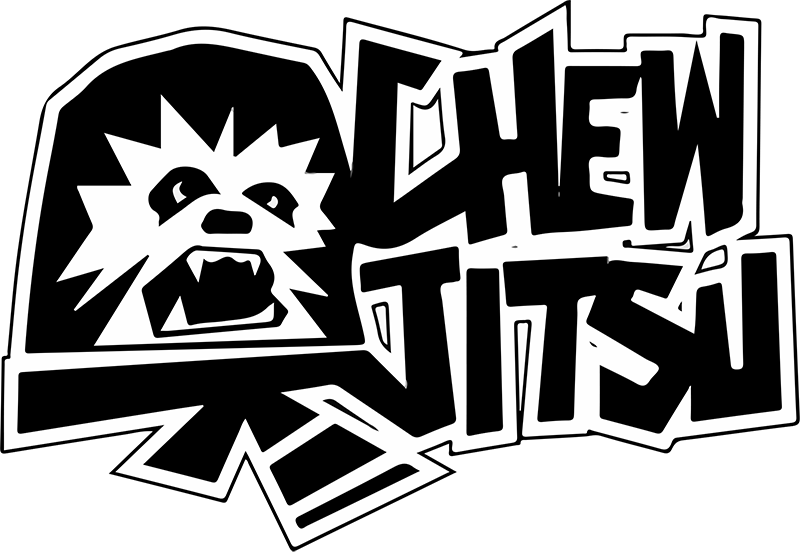One of the more “nerdy” things I do for my BJJ is keep a regular training journal. I know plenty of people who keep a journal for seminars and special training sessions but I know very few who keep one consistently. I believe though, that keeping a training journal on at least a semi regular basis is an excellent way to add focus to training, resolve problems I’m having, track progress, and getting the most out of my competition experiences.
I’m sure people have lots of different methods for keeping a training journal, so I’ll explain how I use a my bjj journal.
Tracking the amount of reps I am performing of a particular move
I suppose I am possibly a little obsessive with record keeping in regards to BJJ, but I like keeping track of how many reps of a move I perform leading up to a tournament or when I am developing a technique. When looking back at some of my older journals I can see a clear correlation with a lack of repping out moves and being frustrated with my lack of timing in a tournament or during training. Knowing this, tracking the reps helps keep me on track.
Reflections on tournaments
Every tournament has its ups and down and I like to keep track of those. Right after my last match of a tournament I typically sit down with my phone or notebook and write down notes about what went well or what went wrong. Then when I get home I can sift through the notes and figure out how I can improve. I also do this with my students when they compete.
Documenting problems I’m having
When I run into a common problem during training or tournament I write it down so that I can look at it later and figure out how to fix it.
Writing down new techniques I learn
When I learn something new I don’t want to forget it! Think about how many times your instructor has shown a cool move that you forget by the next week or even next class! I write down new techniques so that I can remind myself how to do them later.
Setting goals for myself
My goals vary. They can be anything from “hit move X five times during rolling” to “drill move X one hundred times” to “do 1 hour of actual rolling today”. You get the idea. Giving myself goals helps keep me focused, and holds me accountable and it feels good accomplishing something that I set out to do.
When using a BJJ journal keep it short and sweet. There is no need to keep track of every little detail about training. Also, you don’t want to get too “Dear Journal” with it and ramble on about random thoughts and emotions concerning your life. Keep it focused on and geared towards certain aspects of your training so that it doesn’t become too cumbersome and difficult to keep up with.
Also, one fun thing (at least I think its fun) about doing this is that you can look back years later and see what sort of problems you faced. I personally have different BJJ journals going all the way to my days as a white belt in 2003 and. . . wow. . . it’s interesting to read. Maybe I should post some of my 2003 white belt journal entries on here?
Anyways, I know keeping a BJJ journal isn’t for everyone, but it can be a great tool should you decide to use it.
Thanks for reading!
(A pic of an old training journal of mine from 2008. Certainly not the oldest but it does have some nice water stains to it.)


